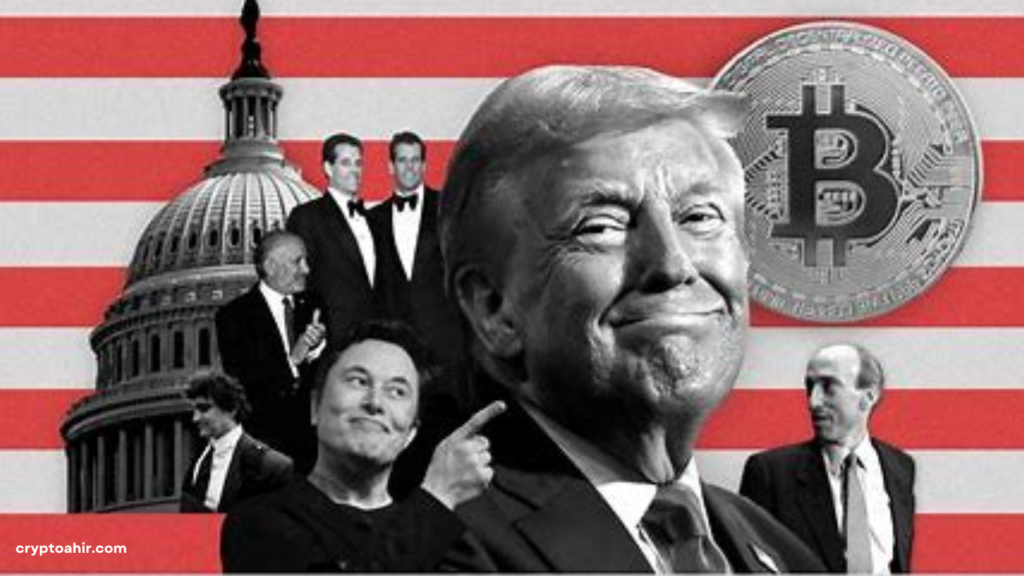Last week, the market value of the cryptocurrency market dropped by more than $130 billion.
Significant cryptocurrencies including as Bitcoin, Ethereum, XRP, and SOL had declines of 5.9%, 10.9%, 15%, and 10.1%, respectively.
By the end of April, US tariffs would affect more than $1.5 trillion in imports, according to the Kobeissi letter report.
According to statistics, major cryptocurrencies like as Bitcoin (BTC), Ethereum (ETH), Ripple (XRP), and Solana (SOL) had declines of 5.9%, 10.9%, 15%, and 10.1%, respectively. The Kobeissi letter research estimates that by the end of April, the impending tax imposed by US President Donald Trump will affect more than $1.5 trillion in imports.

The market value of cryptocurrency assets dropped $130 billion last week.
The impending announcement of US President Donald Trump’s tariff proposals on April 2 continues to exert pressure on the cryptocurrency and international markets. According to research, the cryptocurrency sector suffered last week, losing almost $130 billion in total market value.
By the end of April, US tariffs would affect more than $1.5 trillion in imports, according to the Kobeissi letter report released on Monday.
In its X post, Kobeissi quotes President Trump as saying, “President Trump has called Wednesday ‘Liberation Day,’ with 20%+ tariffs coming on up to 25+ countries.”
To be explicit, President Trump declared “Reciprocal Tariffs” on this day, according to the story. In addition to the declared and current duties, these will be “NEW tariffs.”
With current levels above 600, which are 80% higher than during the 2008 financial crisis, the Economic Policy Uncertainty (EPU) Index graphic below shows the extent of uncertainty in US economic policy since 1985 and indicates severe market trepidation. The metric’s historical spikes show that, as was the case during the 2008 crisis and the 2020 COVID-19 shutdown, large levels of uncertainty frequently precede notable market volatility.
The market’s high levels of volatility and uncertainty sometimes precede investors’ shift to safer assets like gold, which may reduce demand for cryptocurrencies.

Furthermore, ahead of Wednesday’s deadline for reciprocal tariffs, President Trump’s administration is contemplating “broader and higher tariffs,” according to a Wall Street Journal (WSJ) article published on Monday.
According to reports, President Trump considers “an across-the-board hike of up to 20%.” According to a post from the Kobeissi Letter on X, tariff uncertainty does not just stop on April 2.
Short-term volatility with possible sell-offs as risk-off sentiment predominates in the cryptocurrency markets as uncertainty and volatility impact the global and crypto markets.
But in the medium to long run, demand for Bitcoin and other cryptocurrencies may climb as hedges against economic instability and inflation, particularly if traditional markets collapse and inflation increases.
This view is supported by the historical relationship between EPU shocks and cryptocurrency volumes as well as the notion of Bitcoin as a “haven asset,” although short-term risks are still substantial because of larger market dynamics.








